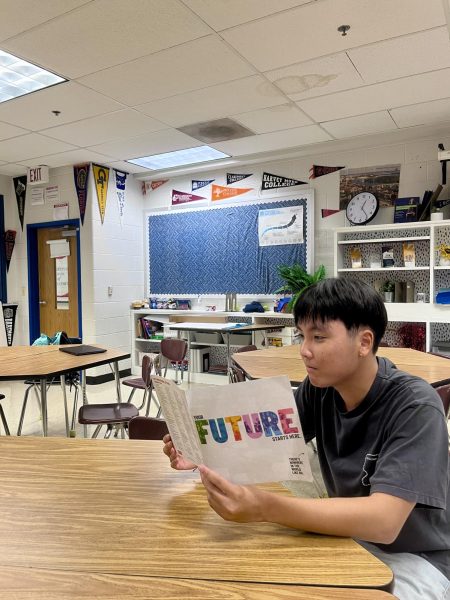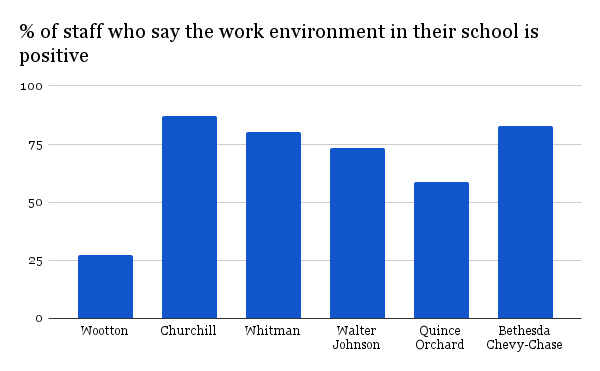The Kennedy Assassination: This Day in History
Photo used with permission from Creative Commons
John F. Kennedy served as the 35th president for less than two years before his assassination.
Approximately 12:30 p.m., Nov. 22, 1963, now recognized as one of the most consequential moments in American history. A moment in which the youngest president America had known was killed, forever changing the course of our nation.
John F. Kennedy was elected to the presidency at the age of 43, in 1960, in a close election against future president Richard Nixon. He is remembered for his charisma, foreign policy mistakes (Bay of Pigs), massive successes (Cuban Missile Crisis), and daring America to look toward the Moon.
Kennedy was in Texas that fateful day on both a fundraising trip for the Democratic Party, and to begin his reelection campaign. He was in a parade in downtown Dallas, with both his wife and the Governor of Texas. At 12:30, Lee Harvey Oswald fired three bullets at Kennedy, two of them connecting, with ultimately fatal injuries.
During his presidency, Kennedy was extremely popular, with approval ratings ranging from 57.2% to 83%. According to Gallup, his average of 70% while in office is the highest ever. Since his death he has only become more renowned by the American people.
The match between Kennedy and television seemed to be one made in heaven. His looks, grace, and presence translated incredibly well on screen. According to ABC, in the first presidential debate between Kennedy and Nixon, television viewers were convinced by the aforementioned qualities of Kennedy. Radio listeners were adamant that Nixon had won. By this point, the television had exploded in popularity, and Kennedy won by a slim margin.
Part of his allure was due to the man who preached hope and inspired a nation with his words. However, his carefully constructed image is very much myth. The picture of youth was in conflict with his various physical ailments stemming since childhood and a reliance on painkillers because of these ailments. The image of a family man was far from the truth as well; he had many well-documented extra-marital affairs as a rising politician, a senator, and a president.
A.P United States History teacher Anne-Marie Steppling said Kennedy changed America with his flexible approach with the Cold War, containing Communism and his use of television and the media to create an image.
Steppling also said in regard to the objective Kennedy set for America to put a man on the moon: “It pushed the country to dream and focus on a definite goal.”
His assassination looms over his legacy. Senior Dylan Safai said, “When I hear the name JFK, I think of how he was the first Roman Catholic president, how he confronted the Cold War, and of course his assassination.”
In a time where our nation is deeply divided, the speech Kennedy was supposed to give during this trip is deeply resounding. According to CNN, Kennedy’s undelivered speech read “Let us not quarrel amongst ourselves when our nation’s future is at stake, let us stand together with renewed confidence in our cause — united in our heritage of the past and our hopes for the future — and determined that this land we love shall lead all mankind into new frontiers of peace and abundance.”
This sums up Kennedy fairly well. He dreamed big, he reached for the stars, he had hope for what America could be. His words inspired, and he pushed for unity and confidence in the American spirit. However, his words were typically short on details. Kennedy painted in broad strokes.
According to CNN, the last words of his undelivered speech read, “In today’s world, freedom can be lost without a shot being fired, by ballots as well as bullets.”
Your donation will support the student journalists of Thomas S. Wootton High School. Your contribution will allow us to purchase equipment and cover our annual website hosting costs.
Ethan is a 2023 graduate.


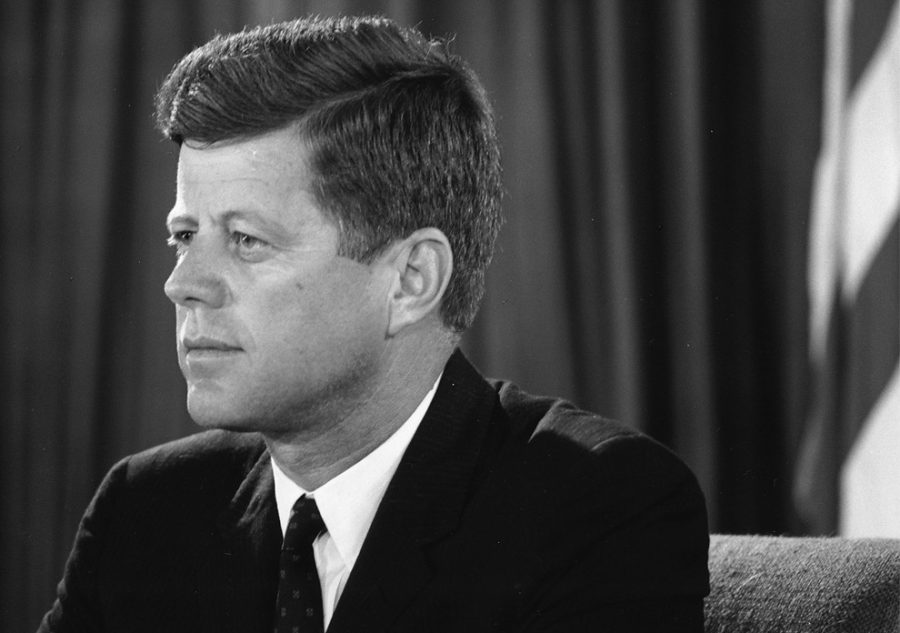
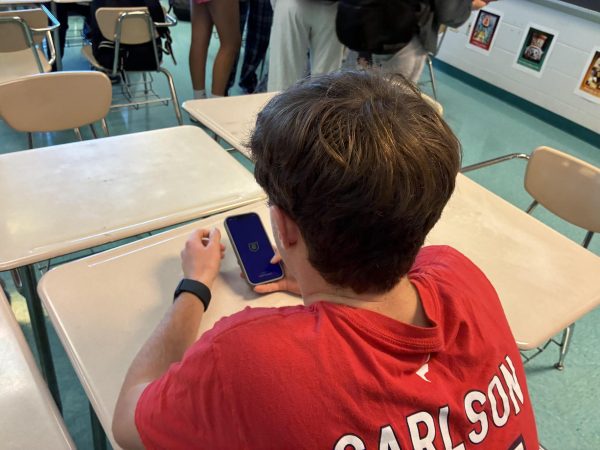
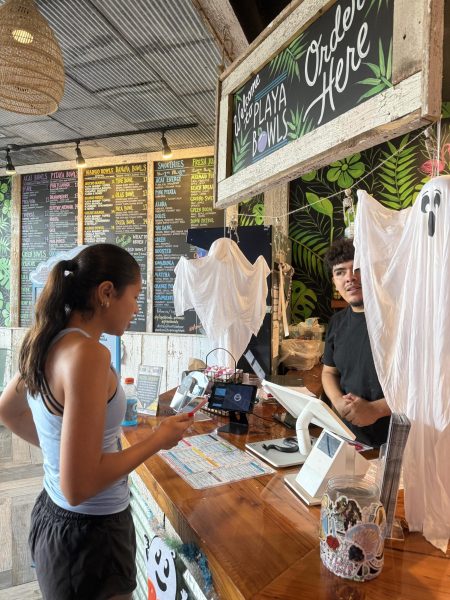
![Editors-in-Chief Ahmed Ibrahim, Helen Manolis, Cameron Cowen, Alex Grainger, Emory Scofield, Hayley Gottesman, Rebekah Buchman and Marley Hoffman create the first print magazine of the year during the October press days. “Only a quarter of the schools in MCPS have programs that are like ours, a thriving, robust program. That makes me really sad. This is not just good for [the student journalists] to be doing this, it’s good for the entire community. What [student journalists] provide to the community is a faith in journalism and that continues for their lifetimes," Starr said.](https://woottoncommonsense.com/wp-content/uploads/2025/10/wmpoFTZkCPiVA3YXA4tnGoSsZ4KmnKYBIfr18p3l-450x600.jpg)
